iPhone 14 vs iPhone 14 Pro: legacy of Pro superiority?
Does going Pro offer enough added value?
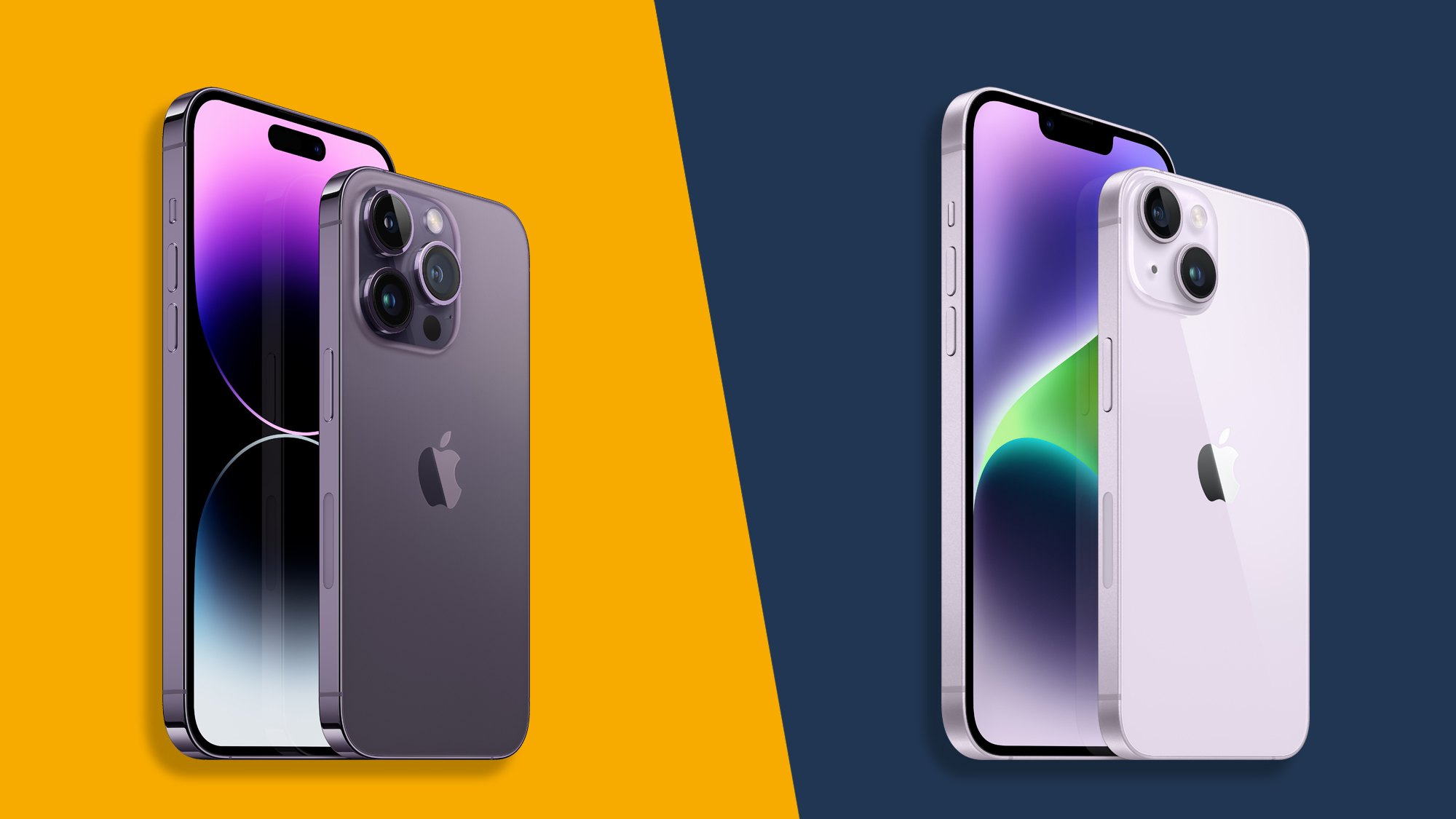
As expected, Apple held it's annual iPhone launch event on September 7 and we got our first look at the modest new iPhone 14 and its sharp-suited brother, the iPhone 14 Pro. We've heard everything Apple has to say about each phone but how do they compare?
It’s a comparison that’s well worth making, because all the details point to a wider gulf between the two phones than we’re used to seeing. There’s certainly a more significant choice to be made this year, that's for certain.
iPhone 14 vs iPhone 14 Pro price and availability
Pre-sale for both the iPhone 14 and iPhone 14 Pro starts September 9, with retail availability set for September 16.
As for pricing, the iPhone 14 costs the same as the iPhone 13 before it (in the US, at least). This means a starting price of $799 / £849 / AU$1,399. We were worried that we would see a price increase for the iPhone 14 Pro this, but Apple kept pricing similar across the board between the last generation and this one too. The new iPhone 14 Pro starts at $999 / £1,099 / AU$1,749.
| Row 0 - Cell 0 | US | UK | Australia |
| iPhone 14 128GB | $799 | £849 | AU$1,399 |
| iPhone 14 256GB | $899 | £959 | AU$1,579 |
| iPhone 14 512GB | $1,099 | £1,179 | AU$1,899 |
| iPhone 14 Pro 128GB | $999 | £1,099 | AU$1,749 |
| iPhone 14 Pro 256GB | $1,099 | £1,209 | AU$1,899 |
| iPhone 14 Pro 512GB | $1,299 | £1,429 | AU$2,249 |
| iPhone 14 Pro 1TB | $1,499 | £1,649 | AU$2,599 |
iPhone 14 vs iPhone 14 Pro design
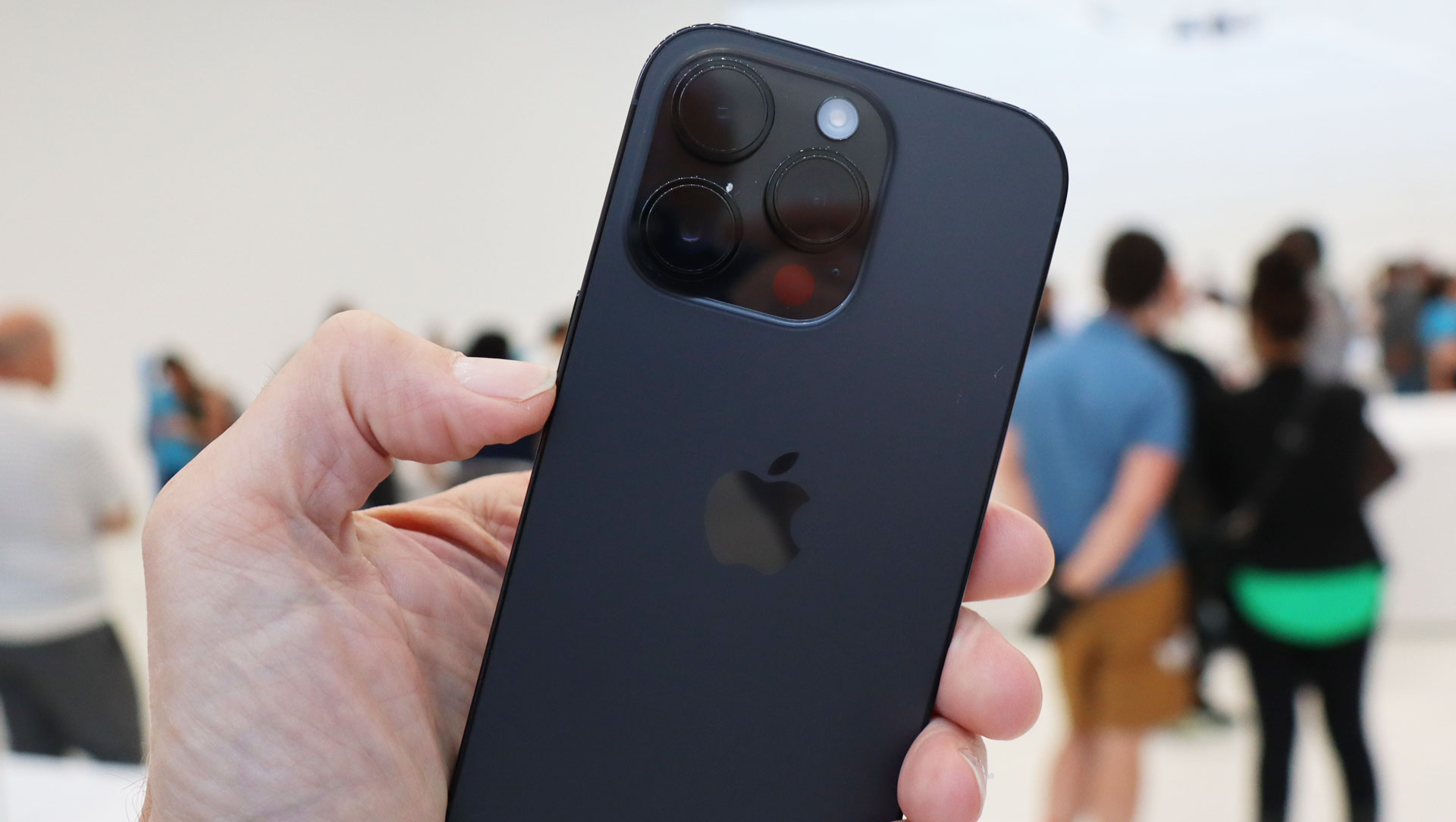
Not much has changed in the design of the iPhone 14 since the last generation. You'll have a hard time telling it apart from the older iPhone 13, that's for sure
The most significant design change is tiny: Apple has removed the SIM card tray, at least from the US version; making for a more seamless design, but you'll have to scan the phone closely to notice.
The iPhone 14 Pro, on the other hand, gets a slightly more significant change. The notch is gone, replaced by a pill-shaped cutout called the 'Dynamic Island'. Lest you think Apple's phones will now blend in with the Android smartphone crowd and their bevy of hole punch screens, Apple has fully embraced its punch and made conspicuous use of it. The Dynamic Island, grows and changes as it responds to various features and notifications.
Otherwise, there is no other significant design change between the iPhone 13 Pro and its 2022 successor.
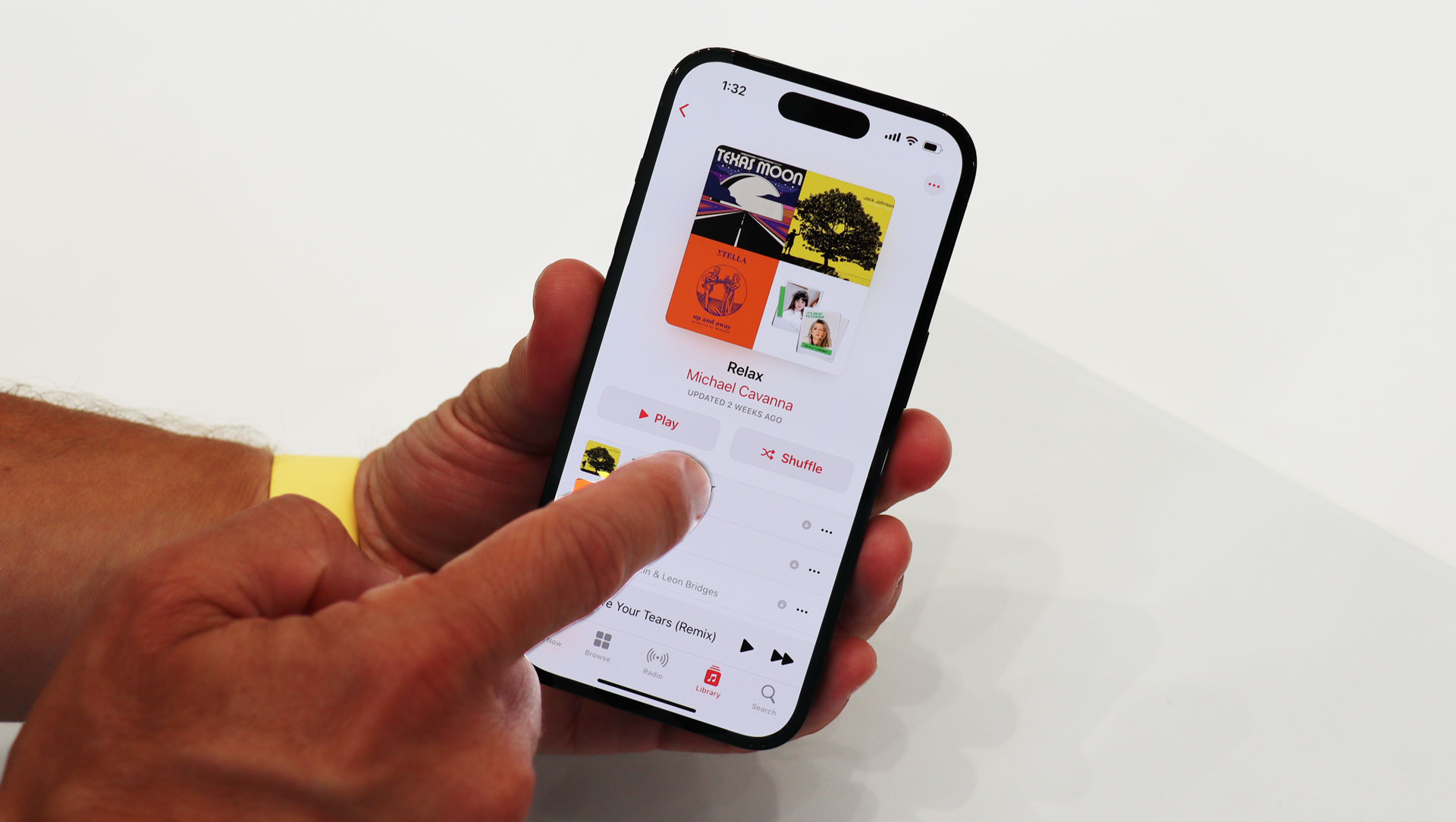
Apple has gone a bit muted on its color scheme with the iPhone 14 and iPhone 14 Pro, but of course, more colors can always show up later in the year. Both phones get a purple and a black, but the tones are slightly different, and all of the other colors differ.
The iPhone 14 gets more of a pastel shade of purple compared to the iPhone 14 Pro's Deep Purple finish. You can also buy it in Midnight (black), a light blue, an off-white "Starlight" color," and a red colorway.

The iPhone 14 Pro gets the aforementioned purple shade. It also comes in gold, silver, and Space Black. That Deep Purple is a very moody shade indeed. Sadly, the green iPhones of last generation are not available at launch, though we could always see them again in the future.
iPhone 14 vs iPhone 14 Pro display
The iPhone 14 and iPhone 14 Pro both use a 6.1-inch OLED display with the same 1170 x 2532 resolution, but they are far from identical. Apple has given the iPhone 14 Pro a noticeable technology bump versus the display in the regular iPhone 14.
The Pro display looks set to hold the title of the brightest smartphone screen you can buy, at 1,600 nits brightness; that's the same as Apple's Studio XDR desktop display. The screen is even designed to boost to 2,000 nits on a sunny day. The iPhone 14, by comparison, will reach a respectable 1,200 nits brightness in normal use.
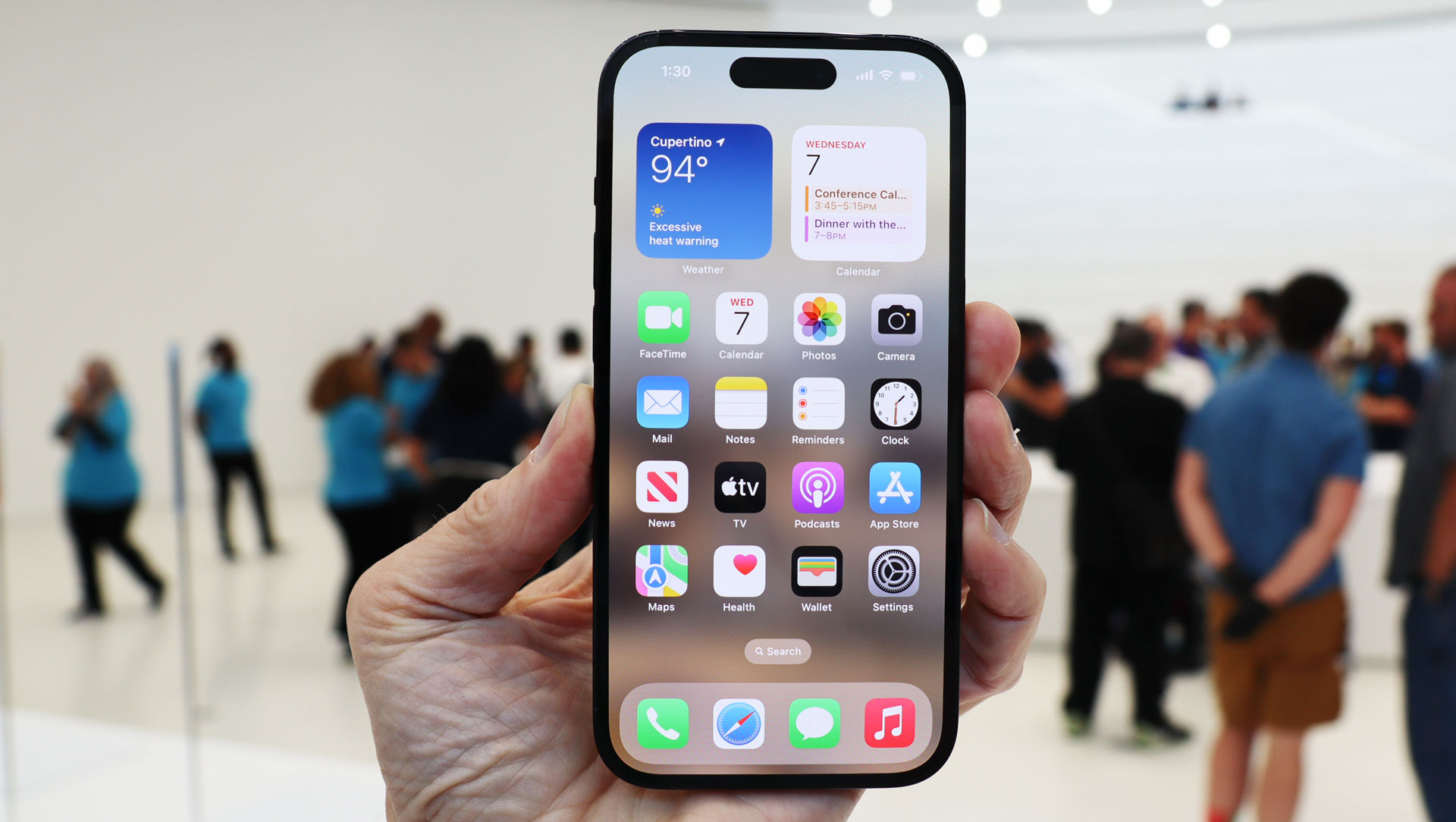
The iPhone 14 Pro also gets Apple's ProMotion technology, which should adapt to reach refresh rates up to 120Hz and down to 1Hz. That lower number is what facilitates a new always-on display mode, as the display uses very little power in this state, making notifications and details like the clock always glanceable.
The 60Hz panel on the standard iPhone 14 lacks the ability to drop down to 1Hz, so doesn't get always-on functionality either.
iPhone 14 vs iPhone 14 Pro camera
Apple’s Pro models always have better cameras than their non-Pro counterparts. It’s a key distinguishing factor. This year, both phones produce main camera images around 12MP, though they use dramatically different techniques to get there.
The iPhone 14 Pro uses a new 48MP main sensor, which combines the information from four adjacent pixels into one to create a higher fidelity 12MP final image. You can still use ProRAW mode to shoot a full 48MP image too, if you'd rather.
The iPhone 14 does get some upgrades of its own, with a new larger main 12Mp sensor, paired with a brighter, faster f/1.5 aperture lens and second-gen sensor-shift optical image stabilization.
These elements, paired with new image processing called the Photonic Engine, should produce markedly better low light shots.
iPhone 14 vs iPhone 14 Pro specs and performance
Typically Apple launches a new mobile processor with each new iPhone generation, and every new iPhone benefits. with the iPhone 14 series, things are different, and for whatever, reason only the iPhone 14 Pro gets to use Apple's latest A16 Bionic processor. The base model iPhone 14 essentially runs on the same A15 Bionic chip as the iPhone 13 (although it actually gets the 5-core GPU variant previously reserved for the iPhone 13 Pro models).
Apple makes plenty of performance claims about its new chips, but we will need to spend time with the devices to see if the differences are perceptible. Apple rightly claims that its current A15 Bionic processor outperforms the competition in raw benchmark performance, so even with last year's chip, the base iPhone 14 should sit at the top of the pile.
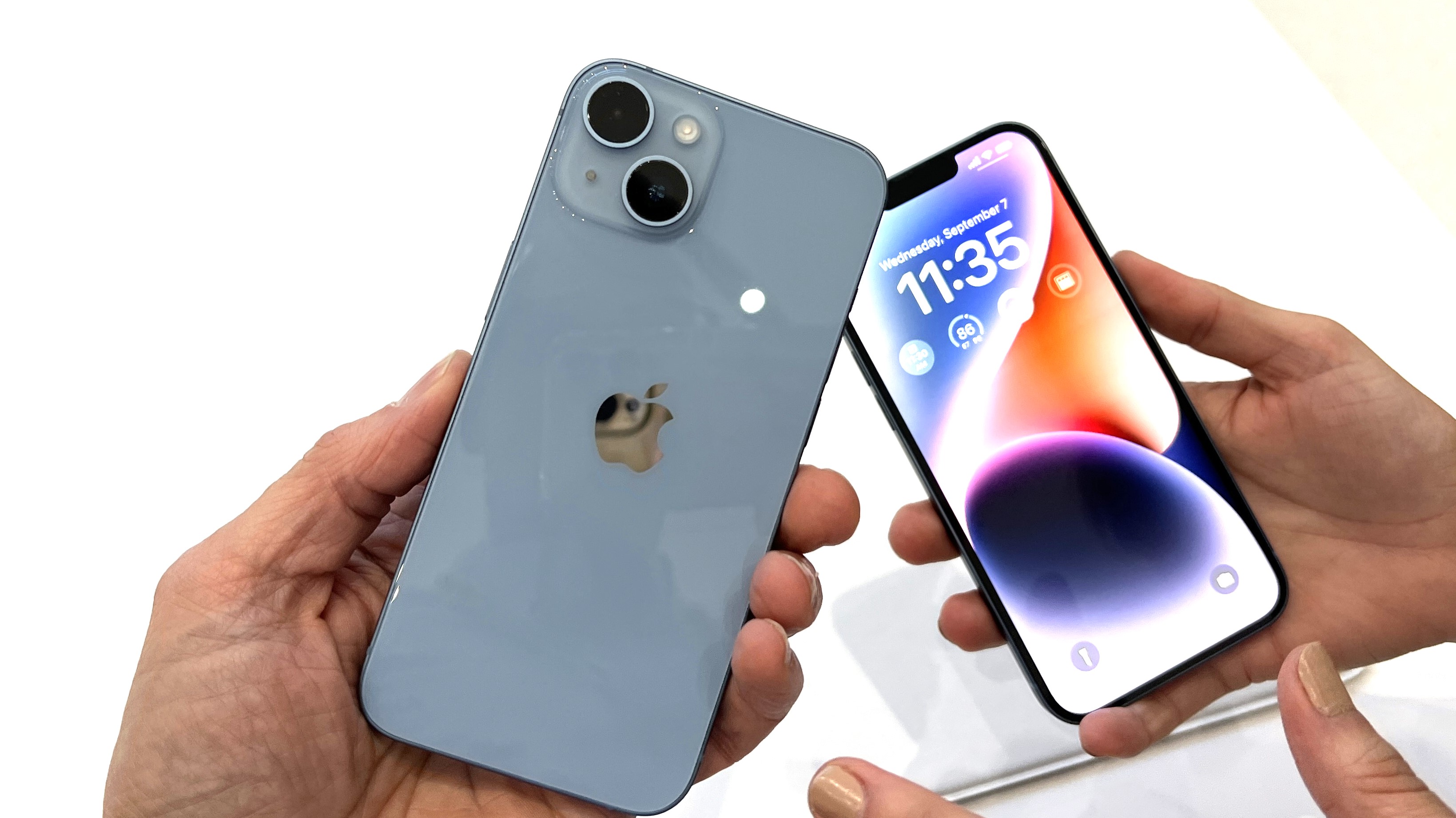
The two models offer similar storage options as before, and this is really a shame for iPhone 14 Pro buyers. All of the iPhone 14 family starts at 128GB of storage, and Apple charges $100 to double that to 256GB. If you want a bump from there, it's a steeper $200 climb to 512GB, and another $200 gets you a full 1TB, but only on the iPhone 14 Pro.
iPhone 14 vs iPhone 14 Pro battery
We'd heard rumors that Apple would be expanding the battery capacity in this year's iPhones, but with the company withholding actual figures on capacity we can't be sure that that's actually what's going on here.
Both models do, however, promise all-day battery life and quote longer times for tasks like music and video playback (20 hours local video playback on the 14, 23 from the 14 Pro), so regardless longevity look to have improved.
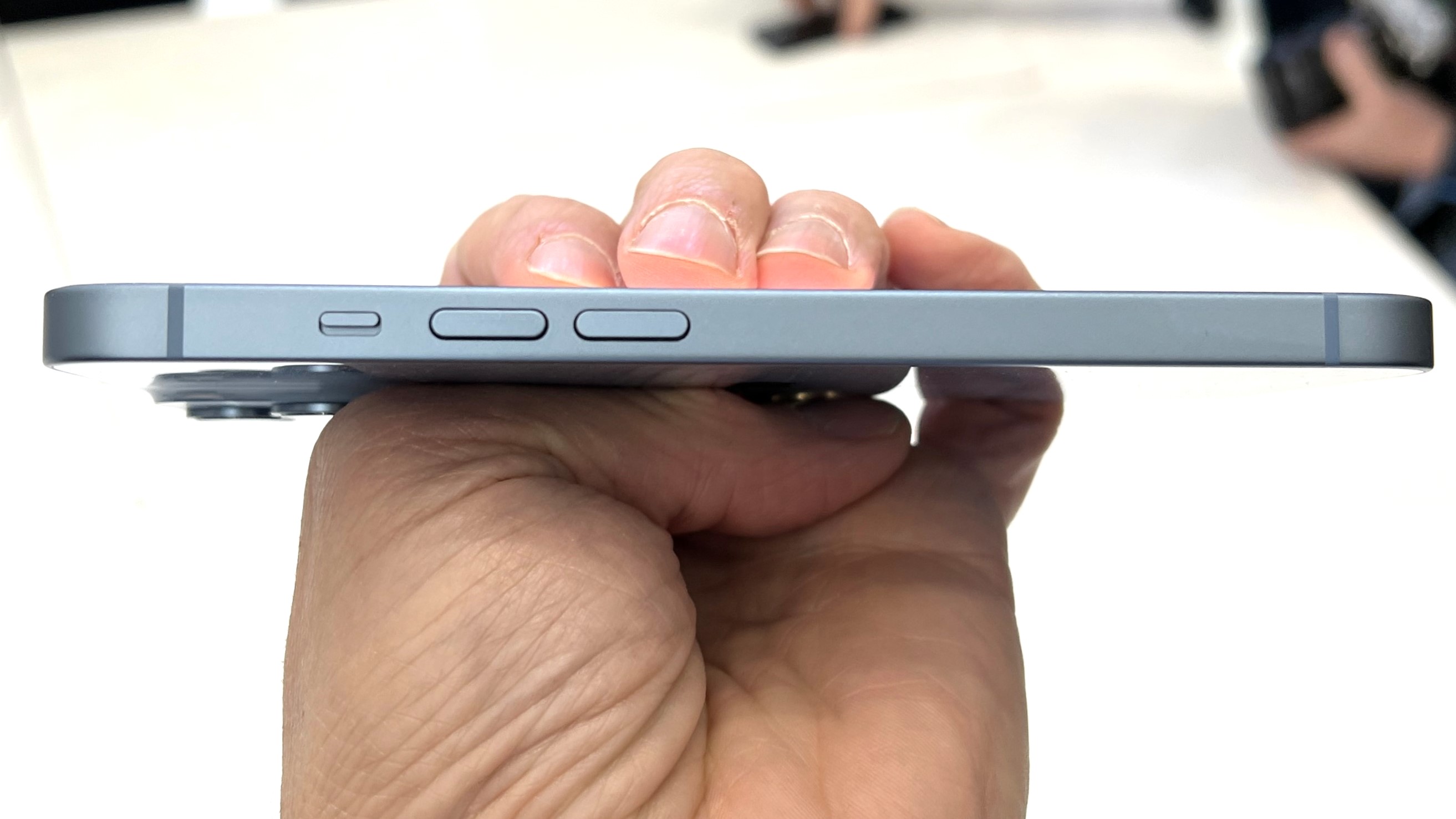
Takeaway
Everything we know about the iPhone 14 and iPhone 14 Pro so far suggests that this might be the year to go Pro. The iPhone 14 is a respectable phone, but not much of an upgrade from the iPhone 13, whether inside or out. It uses the same old processor, a much lower-resolution camera, and less-impressive screen tech.
For the camera and the brighter screen alone we'd jump at the Apple iPhone 14 Pro instead. The new A16 Bionic processor is still a mystery, we'll need to put the chip through its paces to see if its a noticeable boost.
We like the new Dynamic Island camera cutout, and that bit of style may be worth a premium, but it's the front and back hardware, the screen and the cameras, that are the big selling points for us.
Get daily insight, inspiration and deals in your inbox
Sign up for breaking news, reviews, opinion, top tech deals, and more.
- Philip BerneUS Mobiles Editor